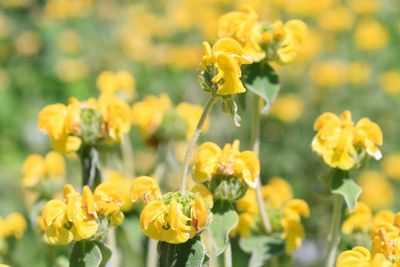Jerusalem Sage Information
What is Jerusalem sage? Jerusalem sage is a shrub that ranges natively from Turkey to Syria. Despite its name, it is actually a close relative of mint. The misnomer comes from the appearance of its leaves, which are pale green and soft, like those of a sage plant. The shrub is evergreen in USDA zones 8 through 11, though it can be treated as a perennial in zones 7, 6 and, sometimes, zone 5. The growth will die back with the frost and grow back from the roots in the spring. There are actually several species of Jerusalem sage, all of which fall under the family name Phlomis. The most popular is Phlomis fruticosa. This Jerusalem sage usually grows to a height and spread of 3 to 4 feet (1 m.). In late spring and summer, it produces lots of bright yellow flowers on the upper ends of its stems. If the stems are promptly deadheaded, they will often flower a second time in the same growing season. If left on the plant, the flowers give way to attractive seed heads.
Jerusalem Sage Care
The key to growing Jerusalem sage is simulating its native Mediterranean climate. It is very tolerant of drought, and it needs extremely well-draining soil. It will appreciate fertile soil, but it also performs well in poor soil. It can be propagated easily from seed, cuttings, or layering. It needs full sun and will get leggy in the shade. It stands up very well to heat, and with its widespread and bright colors is ideal for carrying over a flower garden through the hottest part of summer.
